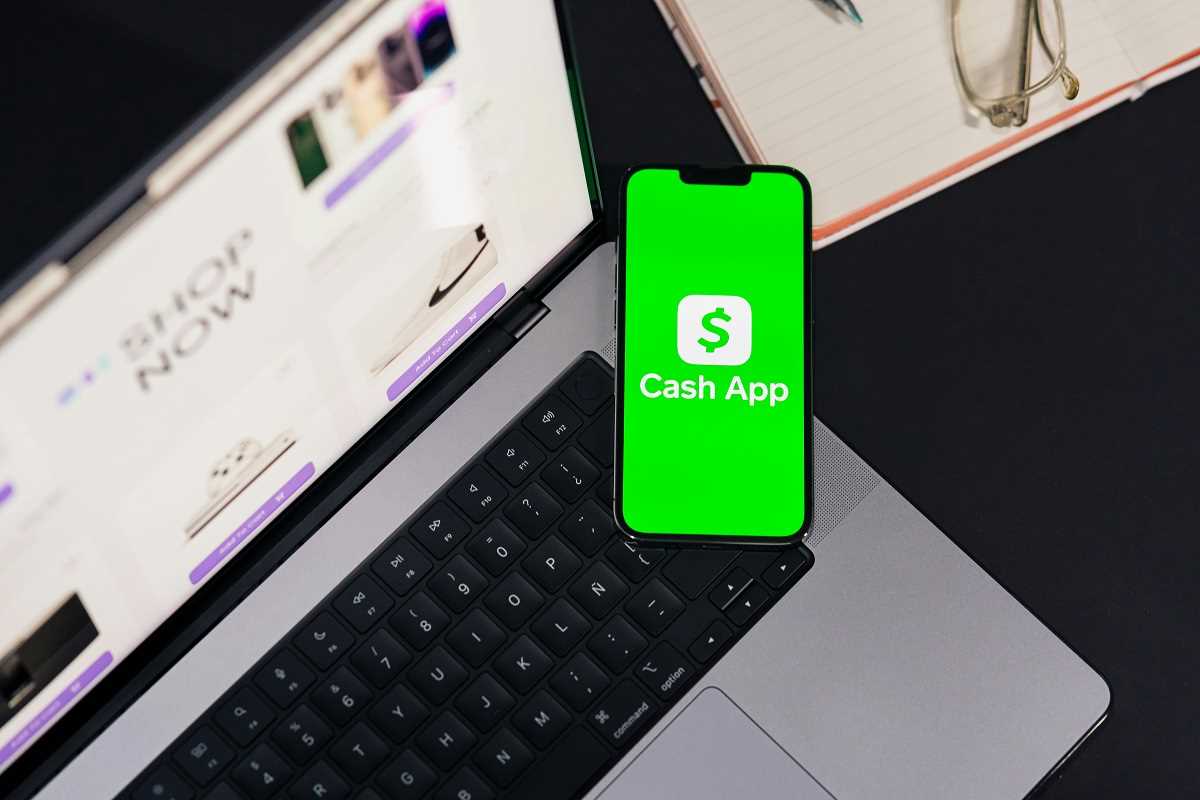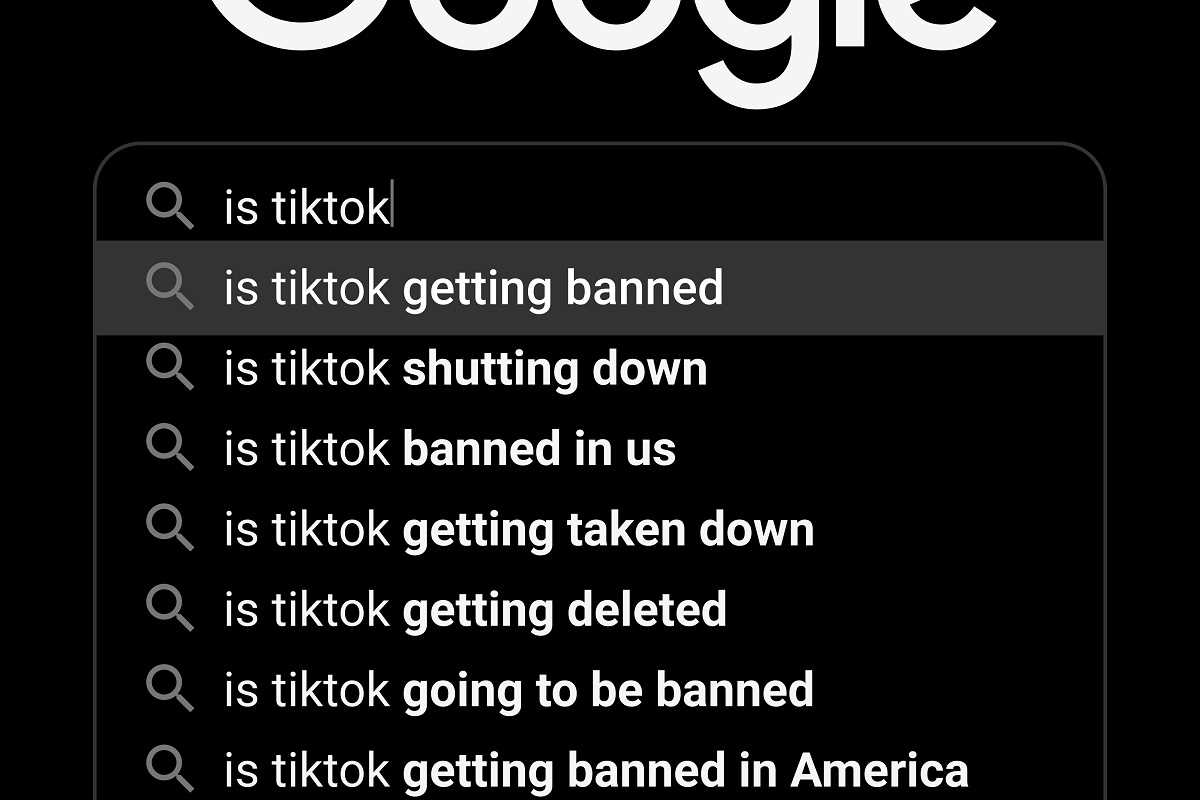Imagine not being able to open a bank account, apply for a loan, or even withdraw cash when you need it. For millions of people around the world, this is a daily reality. These individuals are referred to as “underbanked”—meaning they have limited or no access to traditional banking services.
Thankfully, technology has come to the rescue. Enter FinTech, the combination of finance and technology. FinTech is proving to be a game-changer for underbanked populations, providing them with tools and opportunities to manage their money, grow their wealth, and access financial services they may have never had before.
Curious about what FinTech is and how it’s changing lives? Keep reading to learn how it works, the challenges it tackles, and the innovative solutions it provides.
What Is FinTech?
FinTech, short for financial technology, refers to the use of technology to improve and deliver financial services. Think of it as banking and finance apps that operate on your smartphone or websites that help you send money to someone halfway across the world with just a few clicks.
Unlike traditional banks with physical branches, FinTech companies mostly operate online or through mobile apps. This means they can provide services faster, more conveniently, and often at a lower cost. Examples of FinTech include digital wallets (like PayPal or Venmo), peer-to-peer lending platforms, investment apps, online payment systems, and even cryptocurrencies like Bitcoin.
While many of us use FinTech for convenience, it’s become much more than that for people who don’t have access to regular banks.
Challenges Faced by Underbanked Populations
Before understanding how FinTech helps, we need to look at the issues faced by underbanked populations. These individuals are often left out of the traditional banking system for reasons such as:
- High Fees: Many banks charge fees for opening accounts, maintaining balances, or withdrawing money. These costs can be too high for people with limited resources.
- Lack of Documentation: Traditional banks often require documents like an ID or proof of income, which some underbanked people don’t have.
- Geographic Barriers: Rural areas or underserved neighborhoods might not have a bank branch nearby, making it difficult to access financial services.
- Credit History: Without a credit history, many underbanked individuals can’t qualify for loans, making it hard to borrow money in emergencies or to start a business.
These challenges leave underbanked populations relying on expensive or unsafe alternatives, like payday loans and check-cashing services, which can trap them in a cycle of financial instability.
How FinTech Helps
Here’s where FinTech steps in. By using innovative technology, FinTech companies are creating solutions to address these challenges and make financial services available to everyone, no matter where they live or how much money they have.
1. Mobile Banking Apps
One of the best tools for underbanked populations is mobile banking. With just a smartphone and internet access, people can open accounts, send and receive money, pay bills, and even save for the future—without needing to visit a physical branch.
For example, M-Pesa, a mobile money service, has transformed the lives of millions in Kenya. It lets people send and store money securely using only their mobile phones. Instead of traveling to a distant bank to transfer money, users can do it with a few taps on their screen.
2. Digital Wallets and Payment Apps
Digital wallets like PayPal, Apple Pay, or Cash App have also made managing money more accessible. These apps allow users to receive payments, shop online, or send money to family and friends with ease.
For underbanked workers receiving wages, tools like PayPal provide a reliable place to store funds, even if they don’t have a bank account. Plus, these platforms often charge lower fees than traditional financial institutions.
3. Peer-to-Peer Lending
Imagine needing a small loan to start a business but having no way to get approved by a bank. FinTech has introduced peer-to-peer (P2P) lending, where individuals can borrow money directly from others through online platforms.
Take Kiva, for instance. It’s a P2P lending platform that allows people in underserved communities to borrow money for education, farming, or small business ventures. Lenders from around the world contribute small amounts, giving these borrowers an opportunity they might not otherwise have.
4. Microloans and Nano-Credit
Some FinTech companies specialize in microloans—small amounts of credit designed for individuals who can’t borrow from banks. For instance, Tala provides microloans in developing countries like India and the Philippines. It uses smartphone data, like how frequently a user pays their phone bill, to assess their creditworthiness. This gives underbanked individuals access to loans without needing a formal credit history.
5. Cryptocurrency and Blockchain
While it sounds complex, cryptocurrency can also help underbanked populations. With cryptocurrencies like Bitcoin, people can store and transfer money securely without needing a bank at all. Blockchain technology (the system behind cryptocurrencies) ensures transactions are fast, transparent, and trustworthy.
This is particularly useful in regions where inflation or unstable governments make traditional banking unreliable. People can use cryptocurrency to protect their wealth and avoid losing their savings to unstable local currencies.
Positive Impacts on Communities
Here’s why FinTech isn’t just about financial services—it’s about improving lives.
- Enabling Entrepreneurs: Many underbanked individuals are talented and driven but lack resources to start businesses. FinTech tools like microloans enable them to fund their ideas and grow their communities.
- Convenience and Security: Instead of carrying cash, which can be lost or stolen easily, people can store and transfer money through secure apps and services.
- Inclusive Growth: By reaching rural areas and underserved communities, FinTech helps reduce the gap between the wealthy and the underbanked. This leads to more equal opportunities.
- Building Financial Literacy: Many FinTech platforms include tools to help users learn about saving, budgeting, and credit. Over time, this knowledge empowers individuals to take control of their finances.
How You Can Support FinTech Innovation
The world of FinTech opens up amazing possibilities for change, and you can be part of it too! Whether it’s using these tools yourself, sharing them with those in need, or even supporting innovative companies, everyone can play a role.
The underbanked population shouldn’t have to struggle every time they need to borrow money or save for the future. Thanks to advancements in technology, solutions are available, and they’re changing lives one transaction at a time.
And who knows? Maybe someday, you’ll come up with the next big FinTech idea to make financial systems even more inclusive and fair for all!
 (Image via
(Image via





